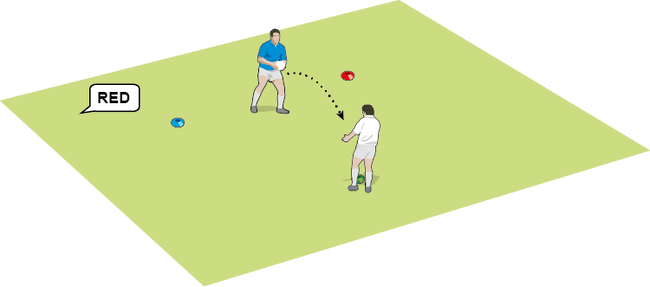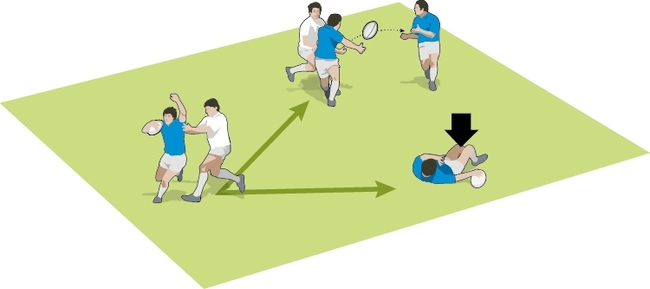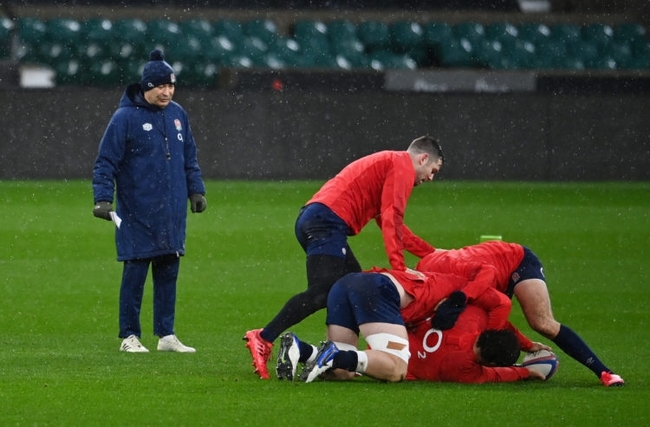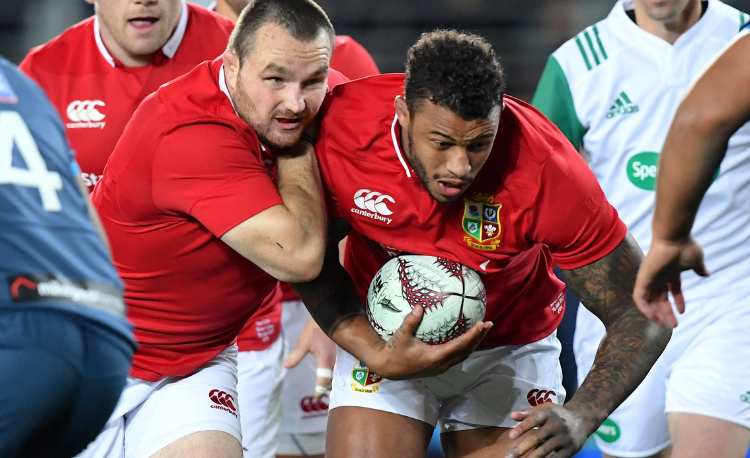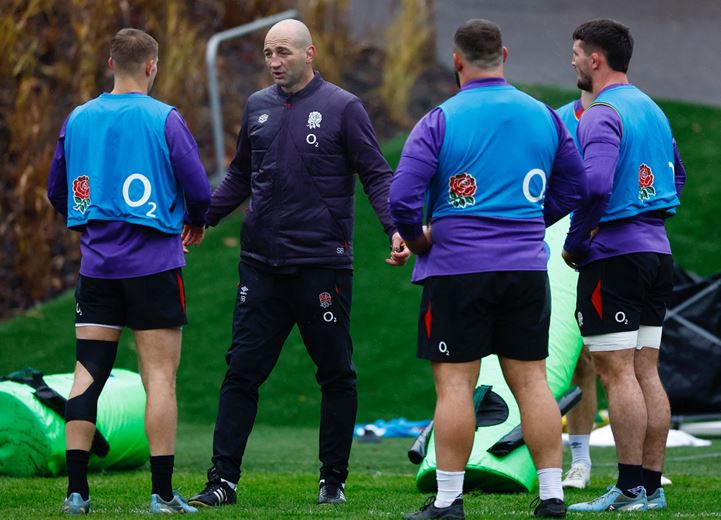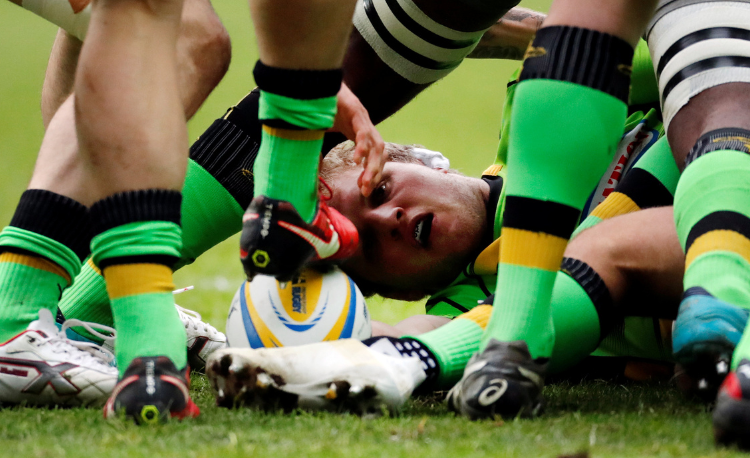Saracens Academy: Behind the scenes with the Wolfpack
Saracens Academy opened their doors to Rugby Coach Weekly to show how their coaches put the pros of the future through their paces. In this special feature, editor Dan Cottrell explores, in depth, his seven key takeaways and what all coaches can learn from an elite youth set-up.
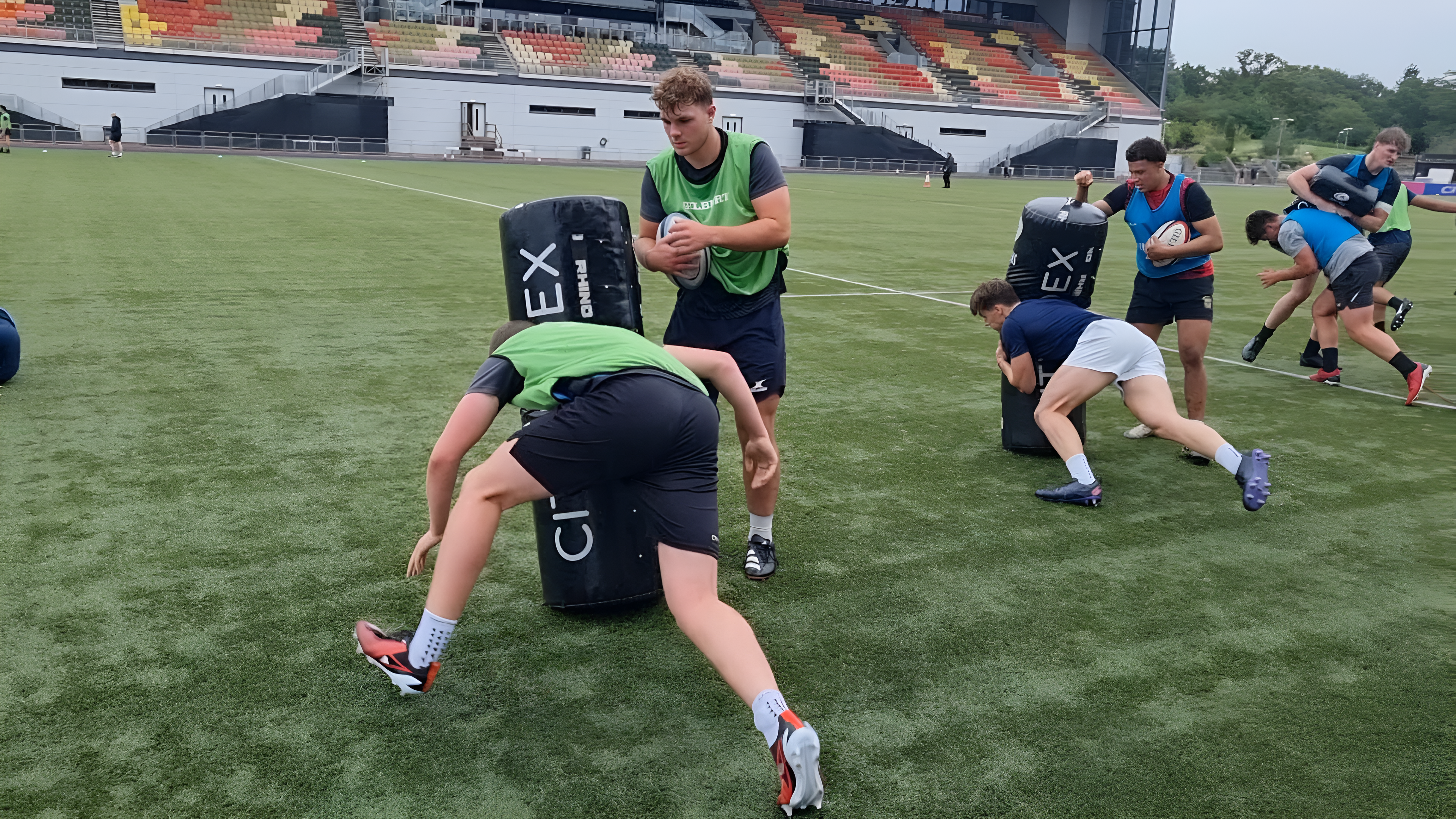
Pre-mortems
The Saracens Academy staff, led by head coach Jack Pattinson, meet a few hours before the session, in what they call a ‘pre-mortem’.
While a post-mortem ascertains cause of death, a pre-mortem predicts possible hiccups. Essentially, they look to solve any ‘deadly’ situations before they arise.
It is a long-held, research-led idea. In 1989, an article in Journal of Behavioral Decision Making, by Deborah Mitchell, J. Edward Russo and Nancy Pennington – entitled Back to the Future: Temporal Perspective in the Explanation of Events – said that envisaging an event as if it has already happened increases the accuracy of predicting future outcomes by 30%.
At Saracens, every part of the session is examined, and the coaches imagine what might make that part of the session not work. This might mean amending part of the session in the planning stage, or having a contingency plan.
Ultimately, Jack’s philosophy is that the process of planning is more important than the plan.
A robust and collective planning process allows the staff to be more adaptable in the moment, as and when issues occur before, during, and after the session.
For example, if a particular individual is unable to participate in some of the sessions, what can the staff do to support their long-term development, as opposed to the individual just standing around and watching? After all, every moment matters.
When we went onto the pitch, a session for a Saracens Foundation SEND [special educational needs and disability] group was still running. It took up half the pitch and wouldn’t finish until 15 minutes into the U18s’ session.
The start of the U18s’ session was therefore modified, but without changing the plan’s direction or the session questions and outcomes the coaching group wanted to explore.
DAN’S KEY TAKEAWAYS
- Even if you are coaching on your own, it is worth working through your plan to highlight potential snags with the session. For example, what are your alternatives if players don’t respond well to a particular exercise?
- With more than one coach, a pre-mortem might be even more critical. Discuss what planning works for everyone and when they need to see it – some will be keen to have it in their hands at least 48 hours ahead. I certainly know that I am guilty of producing a grand plan at times, which I only use and send out on the morning of the session.
- Pre-mortems aren’t designed to create a negative atmosphere or feeling in which everything that ‘might go wrong’ is considered. Their purpose is to ensure a rounded and robust shared understanding of how the coaching group can adapt as and when issues arise.
- The team can use pre-mortems to prepare for a game. Can each player come up with reasons why they might lose and then find ways to avoid this? This could be something the coaching group gradually build up with the players as it needs a resilient group that does not become too pessimistic.
Be more than your X-factor
By lucky coincidence, Jon Pendlebury, the England U18s coach, was also present at the Saracens Academy that day.
He sat in the office before training and told us some stories about players and their skill sets.
First, in a presentation to the U18s group, he showed his players how much they needed to do in a game, much of which they didn’t expect to do.
For example, locks are the players most likely to clear rucks. That might seem obvious to some, but how many times does a centre clear a ruck in a game? Probably more times than they pass the ball.
Locks need to be able to make short passes. These are usually what we term ‘tip passes’, which include pull-back passes at the highest level.
Second, he stated how he noticed that some better players don’t face challenging match situations in their regular fixture list and tend to make poorer decisions when they move up a level.
For example, he told us about some quicker players who failed to execute 2v1s at U20s level, because they had always been able to beat the defender independently. His challenge is to create these situations in training.
Finally, when the players are made more aware of their work-ons, like executing box kicks, they try to hit these targets in games, rather than choose the appropriate moments.
In one game, a scrum half ignored a glaring overlap at a ruck to do a box kick to show they could perform it.
We must avoid making a work-on in training a tick-box outcome in the game.
Jon is keen that players recognise that their strengths will give them advantages in school games, but they need to improve their all-round skills to step up a level.
One of the England U18s’ mantras is that they want the players to make ’good mistakes’. It is better to fail when they are trying to do the right thing, rather than when they are, perhaps, playing for themselves.
For example, in one school game, Jon observed a very talented full-back swap with the 9 to do a box kick.
It would have been better for the original 9 to make the kick because they wouldn’t improve their skill set otherwise.
DAN’S KEY TAKEAWAYS
-
Players should recognise their strengths and know they have other jobs to do on the field. If they are going through the motions for those other jobs, which is often the basics around tackle, contact area and simple passes, then our job is to help them become more aware. Simply admonishing them for their lack of effort won’t help. Perhaps the Jon Pendlebury anecdotes will help, especially if they want to advance. The Saracens U18s coaches looked intently at this aspect when I was there. If someone wasn’t doing their job in an exercise, that player knew about it. In some instances, they were asked to stand out and watch, as their team-mates went through further exertions to complete the task.
-
Players should be encouraged to play to their strengths and take pride in their other roles to support the team. Self-awareness plays a big part in this.
Thank you for reading
to enjoy 3 free articles,
our weekly newsletter, and a free coaching e-book
Or if you are already a subscriber, login for full access
Newsletter Sign Up
Coaches Testimonials

Gerald Kearney, Downtown Las Vegas Soccer Club

Paul Butler, Florida, USA

Rick Shields, Springboro, USA

Tony Green, Pierrefonds Titans, Quebec, Canada
Subscribe Today
Be a more effective, more successful rugby coach
In a recent survey 89% of subscribers said Rugby Coach Weekly makes them more confident, 91% said Rugby Coach Weekly makes them a more effective coach and 93% said Rugby Coach Weekly makes them more inspired.
Get Weekly Inspiration
All the latest techniques and approaches
Rugby Coach Weekly offers proven and easy to use rugby drills, coaching sessions, practice plans, small-sided games, warm-ups, training tips and advice.
We've been at the cutting edge of rugby coaching since we launched in 2005, creating resources for the grassroots youth coach, following best practice from around the world and insights from the professional game.





